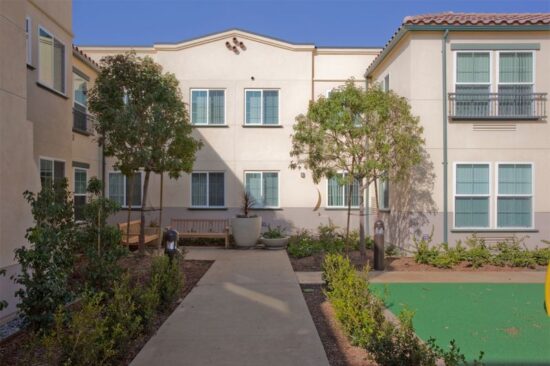
The recently completed Casa Dominguez affordable housing and community facility by Abode Communities is touted by the organization as innovative. Upon a recent site walk and visit, I can say that its innovation lies not only in it’s unique program but also lurks unseen, behind it’s walls, beneath it’s ground, and above it’s roof.
The project architecturally is consistent with its intent to provide affordable housing and community center with its use of relatively conservative and benign language and materials. But the project team involved with putting the project together was able to slip in some pretty non-traditional out-of-the-box features not normally associated with being “affordable.” How was this project able to achieve the green “bells and whistle” on this project while other such projects often shed their green factors through the design/construction process?
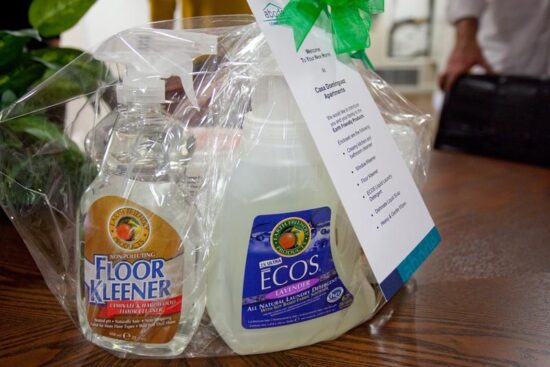
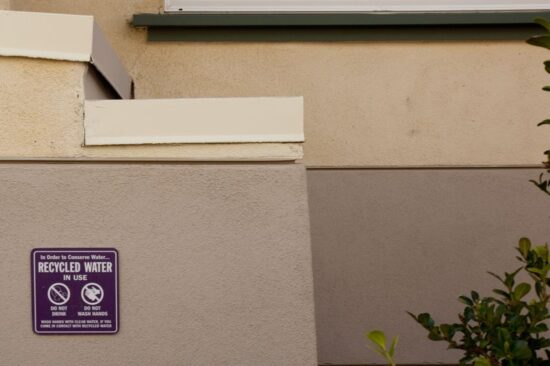
This project was developed, designed, and will be operated by one organization, Abode Communities. This unique relationship allowed it to infuse the project with a green emphasis in a manner I believe would be difficult with the traditional separate owner/client, architect, and end user relationship. For example, plumbing-wise, the use of features such as dual-flush toilets and graywater irrigation system is non-traditional, and would probably be something a commercial housing project could not so easily absorb. The for-profit housing market would be resistant to the unknown factor and fear that potential renters would not want something they are not used to. This is evidenced by the fact that the graywater irrigation is tied to the laundry room runoff. And because of such, tenants will be required to use environmentally friendly (often more expensive) detergents, bleaches and fabric softeners without synthetic chemicals. The building’s innovation in irrigation will mandate that the tenants do their laundry with a green product. Not a bad thing, but it is not something that a speculative developer would want to build into their projects.
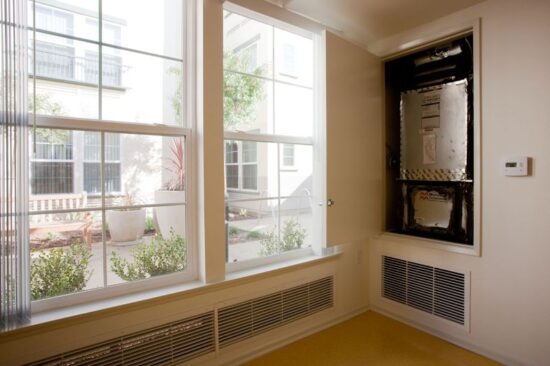
Another innovative feature in this project is that its housing units have no air conditioning. The project relies on mechanical equipment within each unit with economizer cycles utilizing outside air to maintain room temperature. Both the graywater system and the use of passive cooling were progressive green features the design team worked very hard to convince Los Angeles County, the agency with jurisdiction over this project, to accept. In this instance, they were successful in promoting these green living features with the county agencies and should be commended for pushing forward the greening of new buildings. I don’t know if a private for-profit developer would be so inclined to engage in this type of “convincing” with government officials.
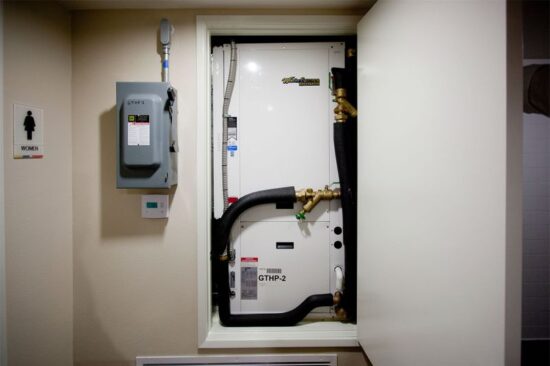
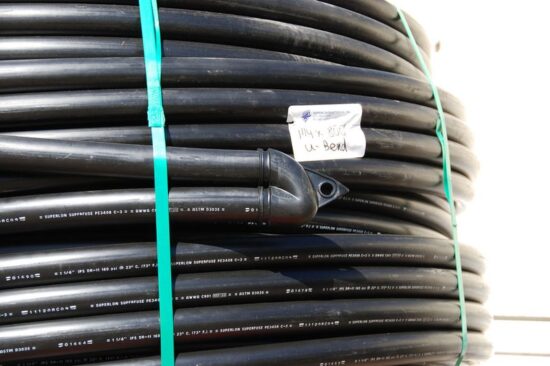


This modest housing project also incorporates a geothermal heat pump (also known as a ground source heat pump) and rooftop solar photovoltaic panels providing 100% power for all the support facilities in the project. Both features are quite innovative on a building of this scale and type. Geothermal heat pumps cannot be seen and probably have to be sustained in a project by a truly committed owner. Solar photovoltaic systems are often thought of as the billboards for green due to their high visibility and typically a prime feature that owners seek to incorporate into their projects to make them appear very green. But often times, the speed at which solar technology moves does not allow for easy planning and design, and such plans often fall to the wayside.
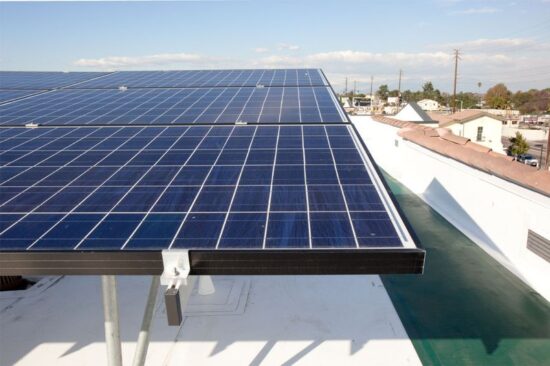
The development team, including contractors Morley Builders and Benchmark Contractors, Inc., also tried its hand for the first time at utilizing pre-fabricated framing for the walls, floors, and roofs, all of which were cut and fabricated off-site and then brought to the jobsite for assembly supplemented by keying maps. Pre-fabricated wood framing systems used during the construction of this project is a green feature that saves materials, time (approximately 4 weeks for this project), and costs. Definitely something which all projects can explore, regardless of the market sector.
Casa Dominguez is a great model for affordable living. It creates an economically affordable and supportive space for its clientele, while at the same time represents a model for affordable green building and living for all. I hope we are approaching a time when we can see the for-profit market incorporate some of the green features that Abode Communities was able to pioneer on their buildings. As exemplified by the Casa Dominguez team, it will take the collective will of developers, owners, architects, engineers, and government agencies to make the green agenda the norm.



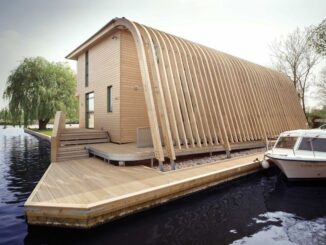
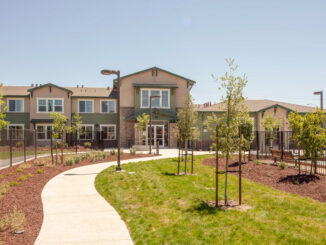
Be the first to comment